About this Area
El Born, sometimes also called La Ribera, is the bohemian heart of Barcelona. This fashionable area is characterized by narrow, winding alleys, classy bars, and chic boutiques. The medieval labyrinth is clad with cultural gems, from incredible, hidden restaurants to art museums and historic squares. The area connects the tourist center of Les Rambles and the surrounding el Gòtic with seaside Barceloneta, making it busy with tourists, international residents, and locals alike. However, despite its popularity, authenticity and a local atmosphere can still be felt with some of the best tapas bars, as well as there being a strong sense of community throughout.
The neighbors are trend setters and followers. Artists, entrepreneurs, single, young and many international people who wanted to live temporary in Barcelona.
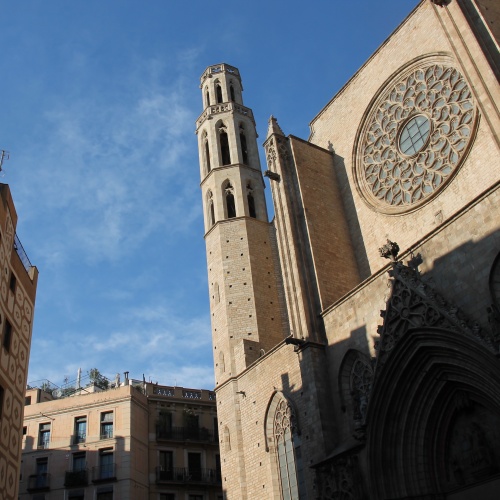
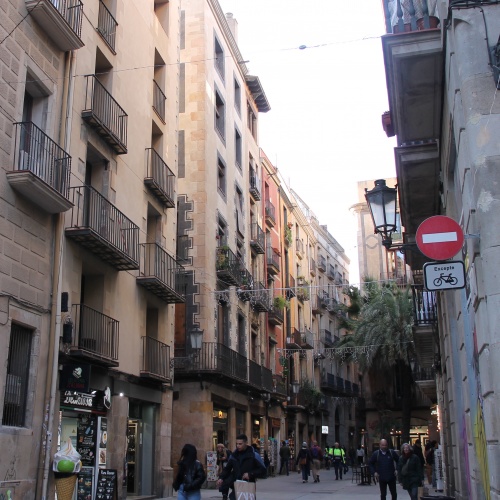
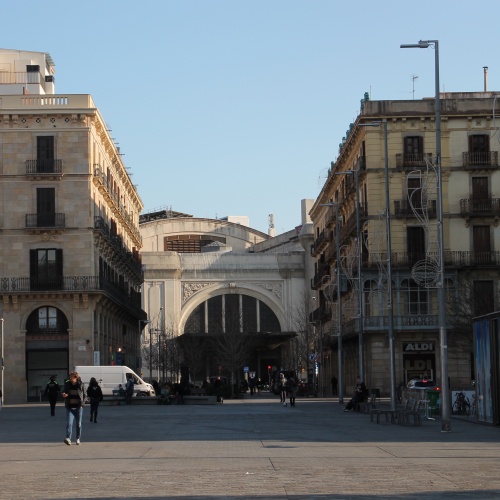
Typical Apartment
The typical apartment in El Born has been renovated, but the charming Catalan features such as wooden beams, large French windows, and exposed brick walls have been maintained. A step back in time and a get-away from the more cosmopolitan way of life that you’ll find in other parts of Barcelona. The apartments often have small balconies for you to enjoy the sunshine Barcelona has to offer and, as the area is becoming more and more popular, it is an appealing area for people without a tight budget.
RESIDENTIAL SERVICES IN THE AREA
WHY CASAMONA LOVES THIS AREA
El Born is another enchanting area to live in Barcelona. Full of narrow, winding streets and classic Catalan architecture, you can always find new hidden gems around every corner. In our opinion, El Born has some of the best traditional bars and tapas restaurants in the city, which are what attract many locals and tourists alike. Despite being a bit of an expensive area, it is worth it to be in the heart of the most beautiful and culturally rich neighborhoods.
Getting Around
- Metro: L4 Barceloneta, Jaume I or Urquinaona
- Walk: 10 minutes from La Rambla.
- Distance to the Beach: 1.6km
El Born’s streets are often pedestrian-only and the atmosphere truly benefits from the lack of traffic. If you want to get around a little more quickly within the neighborhood, a bicycle is the most efficient form of transport.
AREA HIGHLIGHTS
Picasso Museum
This museum is famous both for art and for the building. The permanent collection includes more than 4,200 works from the famous artist, including his biggest early work collection in the world. Inaugurated in 1963, it was Picasso's first museum in the world, and the only one to open while he was still alive. The museum has paintings as well as 42 ceramic pieces. There is also a bookshop and an open-air terrace café/restaurant. If you want to know more about the museum and even take a virtual tour, you can visit the website here.
Palau de la Música Catalana
The majestic Palau de la Música (literally Music Palace) is a concert hall that opened in 1908, and it's a great representative of Catalan modernism. It originally focused on the promotion of local composers and artists, and still today continues its mission to promote orchestral and choral music, both modern and classical. In the year 1997, it was declared to be a UNESCO World Heritage Site. Many great and famous orchestras, artists and conductors from all around the world have performed within its halls. Guided visits are organized daily. You can visit the website here.
Parc de la Ciutadella
This park borders El Born, and it is the second largest park in all of Barcelona (the largest being Montjuïc, where we find the Olympic Stadium) and, for a very long time, it was the only public park in the entire city. Here you will find a peaceful escape from the midday sun or the vibrant streets, as it rarely feels crowded despite its popularity. It is the ideal location for an evening run, to join one of the many yoga classes which regularly take place, or to take a boat out onto the lake. In the Parc de la Ciutadella you will also find many other sites of interest, such as the Barcelona zoo or the Palau del Parlament de Catalunya (the assembly hall of the Catalan parliament).
Mercat del Born
Built in the 19th century, the Mercat del Born was one of the first buildings in Barcelona to be made of iron. Originally built as a market that would provide the city with an assortment of foods, mainly fish, fruits and vegetables, it had very little success when compared with the other big markets of Barcelona, and finally closed its doors in 1971. Years later, restoration works unearthed some of the most complete remains of the medieval and modern ages in Europe. Thus, the old market became El Born Centre Cultural, a cultural center which now houses a museum, several cultural halls and the newly discovered archeological remains, which you can now visit if you want to learn more about the culture and history of Barcelona from the middle ages to the War of Succession in 1714, and more.
Shopping
El Born is one of the most trendy and popular neighborhoods in Ciutat Vella (the old town). It attracts both tourists and locals with its many chic art boutiques, bars, and restaurants. The shopping here is a must-do when in Barcelona. El Born has original and small, but pricey, boutiques – here you can find the trendiest shops around.
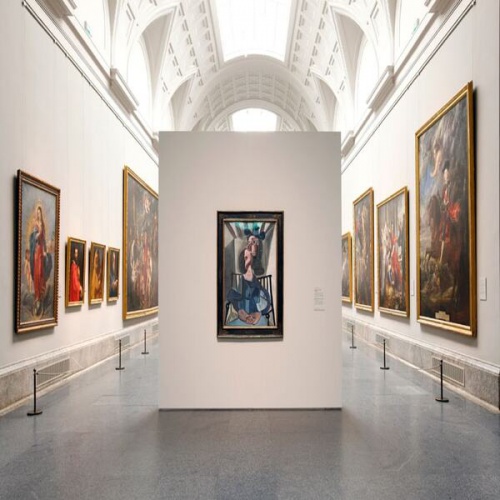
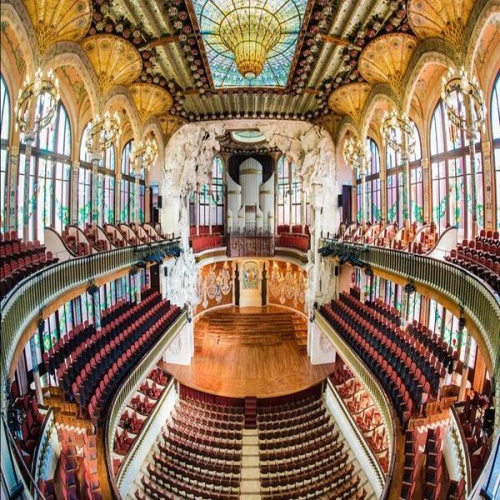
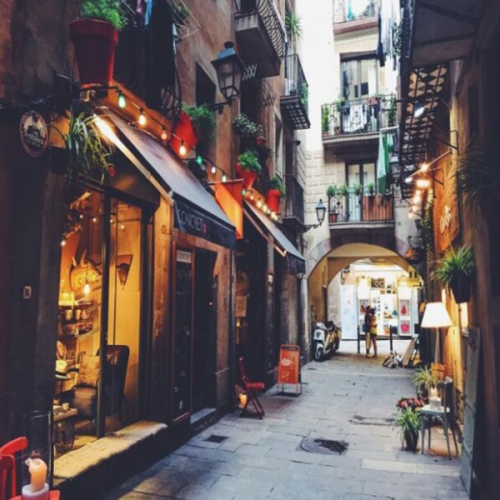
Barcelona’s cosmopolitan spirit – diverse and intercultural – is shown by the fact that nearly 18% of city residents are foreigners. The city is divided into 10 districts and made up of 73 neighborhoods, filled with lots of history, culture, and plenty of fun activities for everyone. The neighborhoods are all distinct from one another, each one offering its own best features. We offer unique and different homes in some of the best neighborhoods of Barcelona; let us help you to discover your favorite neighborhood to live in!.
















































